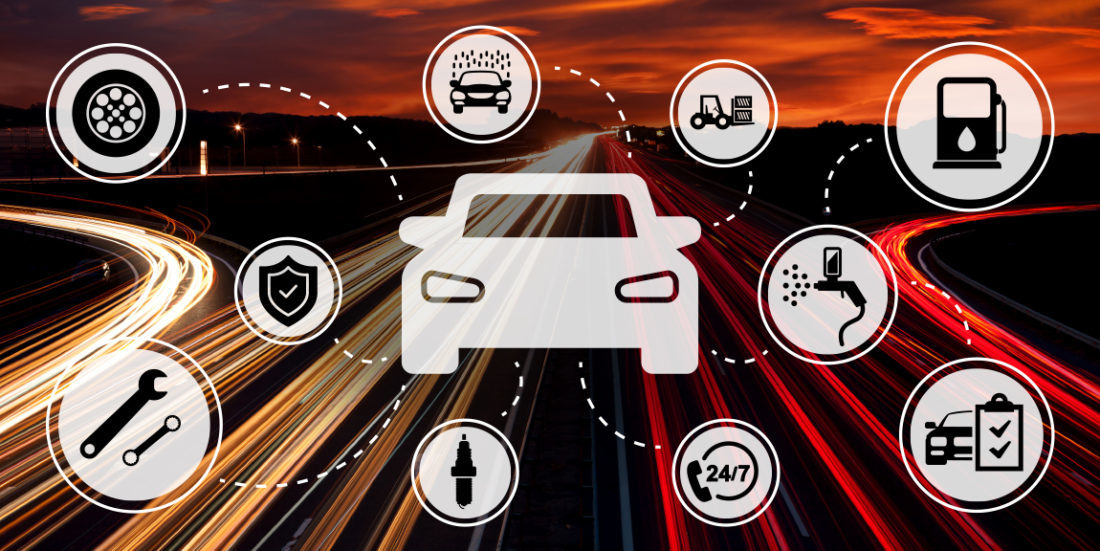Are durable goods really that good?
Disposable products are bad. But durable goods account for two-thirds of the global household’s energy footprint.
Everyone knows that disposable products are bad for the environment. But are durable goods that much better?
NTNU has been part of the first study to look at the total energy consumption embodied in durable goods, including all the energy required to use them.
“Durable goods like vehicles, electronic products and various appliances often require large amounts of energy to make and use during their long life. On top of that, something we often forget is that they frequently require several other products and services in order to use and maintain them,” says Gibran Vita.
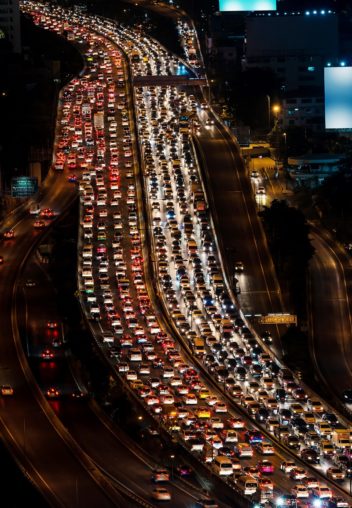
The transport sector accounts for the highest share of energy consumption. This photo from Bangkok. Photo: Shutterstock, NTB
Vita led the research as part of his doctoral work at NTNU’s Industrial Ecology Programme (IndEcol). He collaborated with colleagues from Yale University, IIASA in Vienna and University College London on the study.
“For example,” Vita says, “producing and using a car requires energy throughout its life cycle. It takes energy to extract metals and to assemble the car. To run the car requires different types of fuel, different goods and services like spare parts, a system for distributing fuel, mechanics, insurance companies, a person to issue licences, car dealers and so on. All of these need energy in different ways.”
Durable goods score worse overall
The research group found that durable goods in themselves make up only 10 per cent of the energy footprint of households around the world.
“But when we take into account all of the goods and services needed to use these durable goods, this share rises to as much as two-thirds of the energy consumption contributed by global households,” Vita says.
The world used the equivalent of 363 EJ (exajoules) of energy in 2011. One exajoule is 1018 joules, or one trillion joules. It might be a difficult number to wrap your head around, but it’s a lot in any case.
Households consume around 60 per cent of this energy. The remainder is used by authorities, organizations and various capital-creating activities, such as industry.
- You might also like: Household consumption significant driver of climate, other environmental impacts
More countries accumulating more stuff
“As countries become more modern and prosperous, they tend to acquire more capital and accumulate more durable goods. The amount of durable goods has more than doubled in the last century,” says Vita.
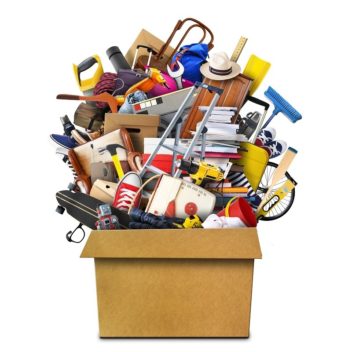
The second worst level of energy consumption are homes and durable goods that don’t need further supplies of energy. Illustration: Shutterstock, NTB
Today, these durable goods require more than half of the world’s material consumption to maintain. We find a similar pattern in energy consumption, where around half of the total is embedded in their use and maintenance.
We find enormous differences in energy consumption per capita worldwide. People use the most energy in north-western Europe, the United States and Canada and use the least per capita in China, India, Brazil, Indonesia, Africa, Asia and other parts of America. The Nordic countries consume up to four to eight times more energy than in other parts of the world.
Efficiency gains not enough
Technological advances have made most countries more energy efficient. But only 14 developed nations and two developing economies have managed to reduce their energy consumption compared to 1995.
“The rest of the 31 countries we surveyed increased their energy footprint per person, despite the fact that they also became more energy efficient,” says Vita.
This confirms something called the Jevons paradox: Technological advances that increase the efficiency of a resource use will usually lead to increased consumption of this resource.
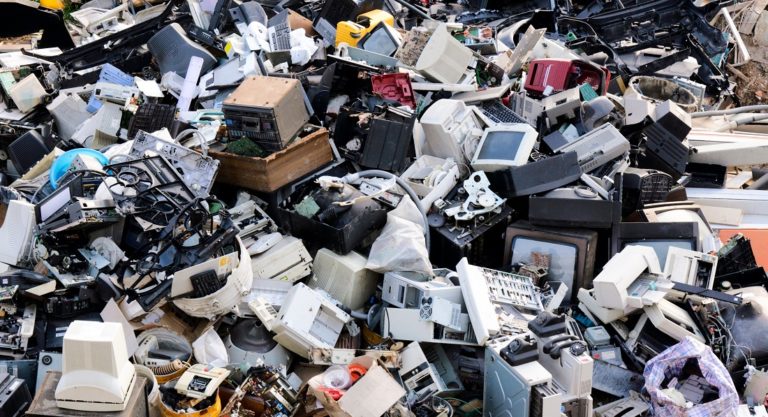
Third highest energy consumption is related to electronic goods and all of their accessories. Photo: Shutterstock, NTB
“The main reason for this paradox is that technological advances have thermodynamic limitations, whereas consumption rises rapidly and with virtually no limiting factors,” says Vita.
Higher national product and income are also no guarantee of energy efficiency. While we find the highest efficiency in developed countries like Norway, Spain and Japan, low efficiency exists in both rich and poor countries such as Greece, Taiwan, Canada, and in countries in the Middle East and in Africa.
Transportation is the worst
- The transport sector accounts for the highest share of energy consumption, but the footprint is 17 to 25 times higher in advanced economies than in emerging economies.
- The second highest amount of energy consumption is found in homes and durable goods that do not need a further supply of energy. This category includes goods ranging from furniture, toys, sports items and musical instruments to printed and recorded media – that is, articles that are not electronic but that require a lot of energy.
- The third highest share of energy consumption is related to electronic goods and their multitude of accessories. Here we find, for example, that advanced nations consume six times more energy on goods related to communication and media.
- The fourth highest group comprises gas cookers and furnaces and their fuels.
Consume more as we accumulate more
The energy footprint in growing economics where people have more to spend is increasing three times as fast as elsewhere. This is logical.
“As poor countries work their way out of poverty, people want to own more durable goods and improve their material standard of living,” Vita says. Forecasts for 2050 estimate that people from rich countries will own 42 mechanical or electronic devices per person, while people at the other end of the scale own 24.
“The key is to ensure that people everywhere have good lives, but without repeating the mistakes of rich countries that are caught in overconsumption.”
The research group believes that without strict policy measures and alternative views of development, the growing economies are likely to demand more and more energy as people’s incomes increase.
- You might also like: Bigger people will need more food
Avoid what we don’t really need
“The key is to ensure that people everywhere have a good life, but without repeating the mistakes of rich countries that are caught in overconsumption,” says Vita.
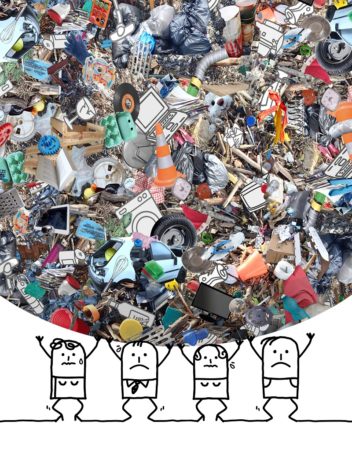
In rich countries, we see that having far more durable goods doesn’t necessarily lead to a better life. Illustration: Shutterstock, NTB
While some durable goods are key to giving people better health and lifting them out of poverty, the challenge for sustainability is to distinguish between essential durable goods that contribute to a better life and purely lifestyle products where the impacts on the environment are greater than the benefits, he says.
“In addition to producing more efficient and durable goods, the goal needs be to reduce the total number of goods. We have to plan for goods to last longer, but also control market manipulation that creates the feeling that you have to upgrade or buy something new, even if what you have still works and you don’t really need it,” says Vita.
More doesn’t make rich folks happier
Energy is the link between being happy, the economy and the impact on the environment. For the poorest members of the population, improving living conditions clearly means having durable goods, such as white goods and items that use modern fuels, reduce indoor pollution, save time and make them global players.
“But in rich countries we can see that acquiring more durable goods doesn’t necessarily make life better for people,” says Vita.
In addition to energy consumption, more goods also involve more harmful waste that is typically exported to countries having a more relaxed relationship to the environment and safety.
- You might also like: Spending our carbon budgets wisely
Controlling our lives
“Owning vehicles, computers, telephones and all kinds of devices is part of modern life, and often they control how we plan our lives and use our time and abilities,” Vita says.
For example, owning a car means that we’ll most likely opt for more carbon-intensive transportation and accept longer commutes, even if it gobbles up more time. Having a TV and all sorts of gadgets means we’ll probably use them.
“Not having them could be a driver for discovering new and richer ways to spend our evenings,” he says.
Vita is now a lecturer at the Open University in the Netherlands.
Source: Vita G, Rao N.D, Usubiaga ‐ Liaño A, Min J, Wood R. Durable goods drive two-thirds of global households ’final energy footprints. Environ Sci Technol. 2021; 18:58. doi: 10.1021 / acs.est.0c03890
